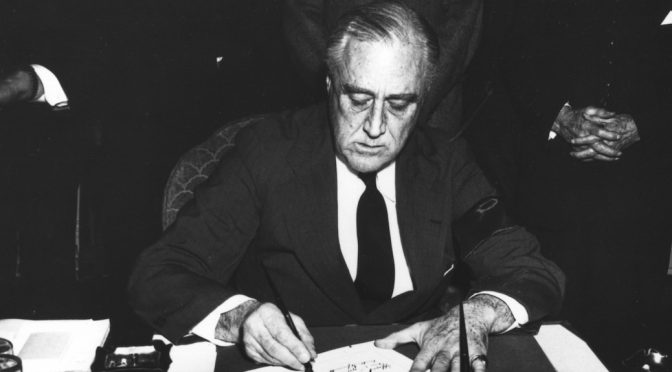Shortly after Nazi Germany invaded Poland in 1939, President Franklin D. Roosevelt issued a proclamation of a “limited” national emergency. This proclamation cited no statutory or inherent authority. Alden Fletcher looks to the historical record to suggest Roosevelt’s proclamation was relying on ambiguous statutes that provided for executive power to declare emergencies or take emergency action.
Fletcher finds that even as Roosevelt acted independently to issue an emergency declaration, his administration recognized that such a declaration could be regulated by Congress or reviewed by the courts. Indeed, Fletcher finds historical memos, papers, and briefings showing that the theories advanced by Roosevelt’s Justice Department implicitly accepted a flexible doctrine in part because inter-branch checks were presumed to remain open. This historic approach stands in contrast to today’s Executive Branch practice—and Fletcher concludes that today’s practitioners would do well to remember it.

